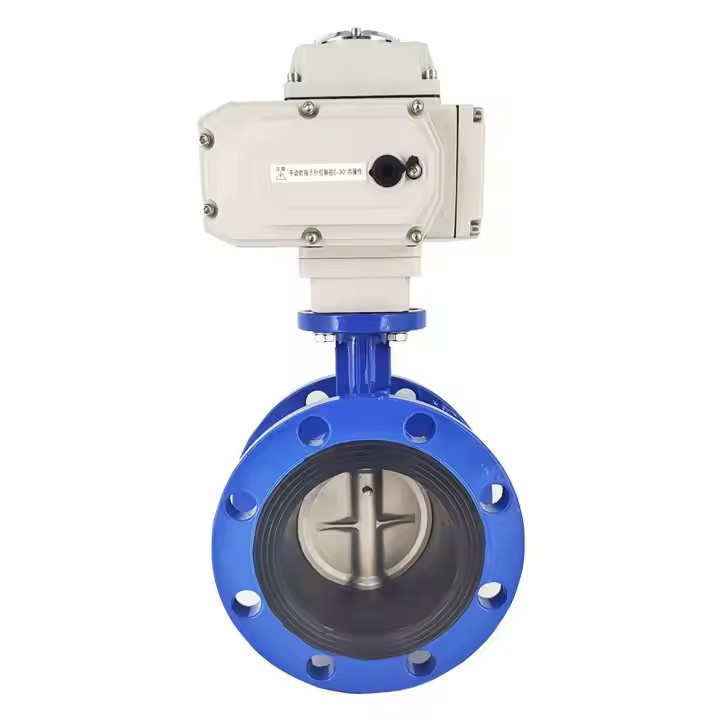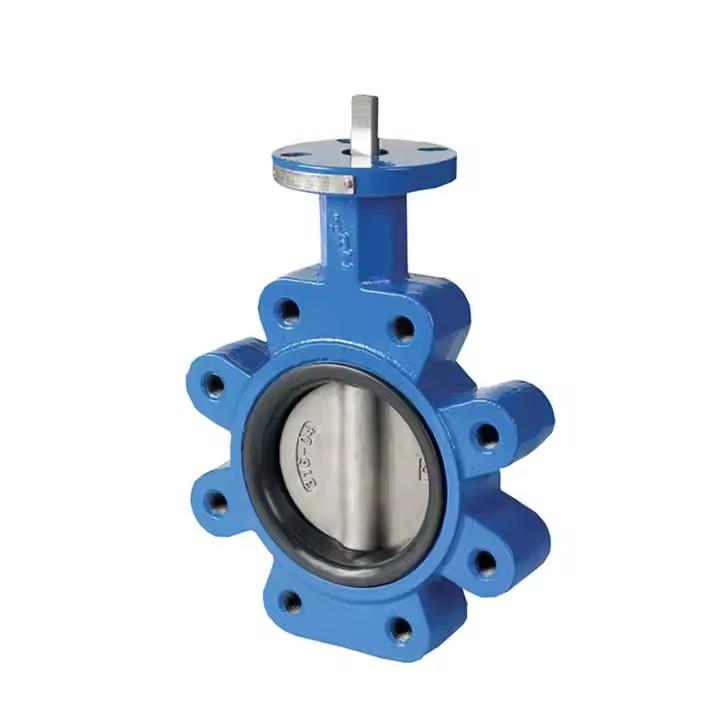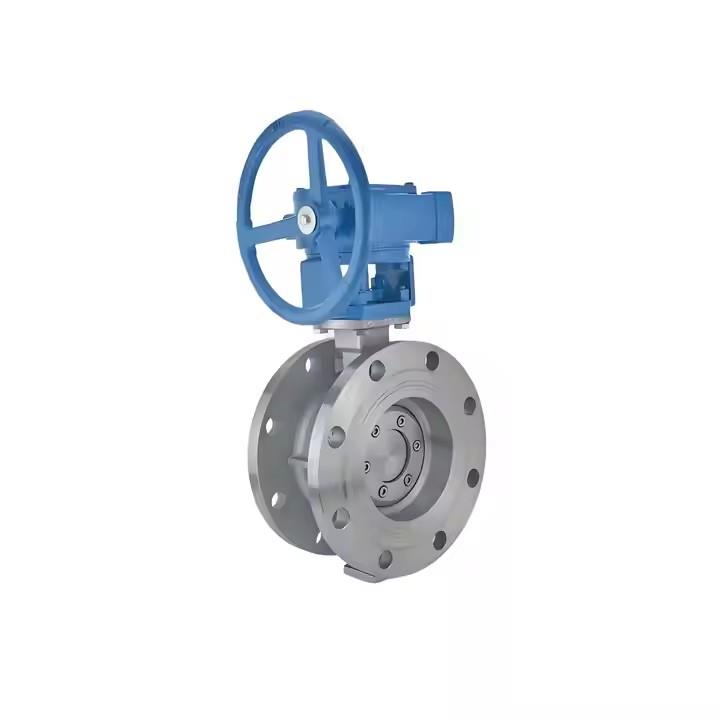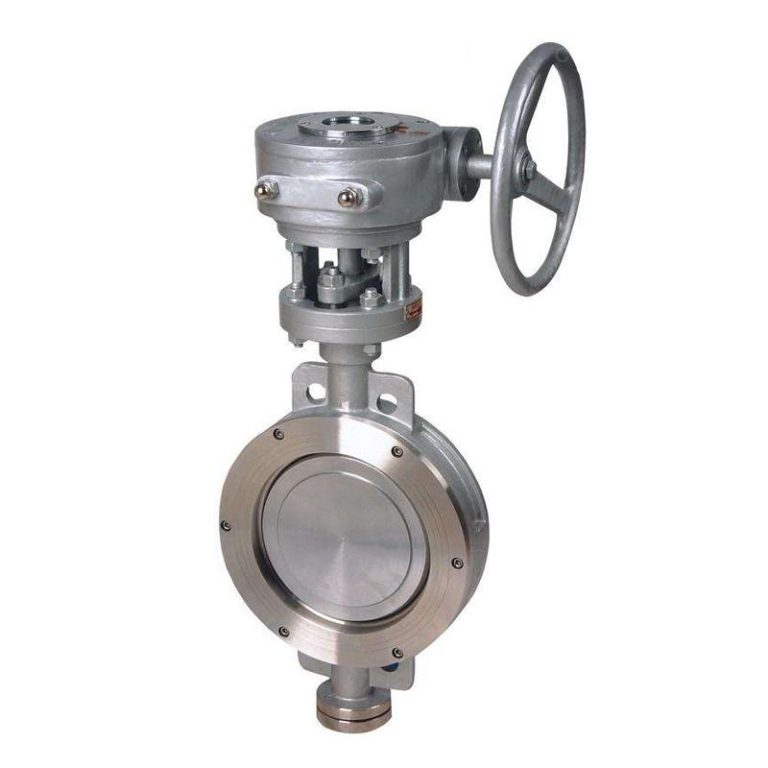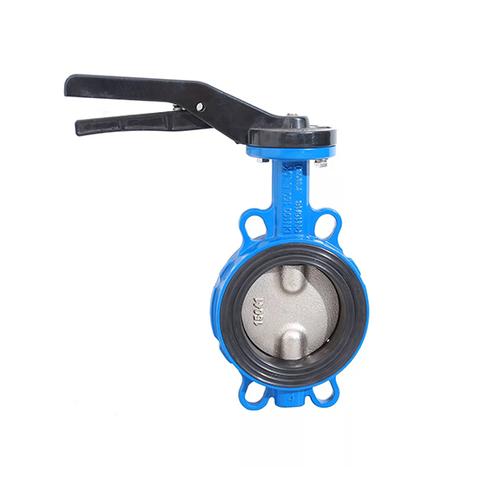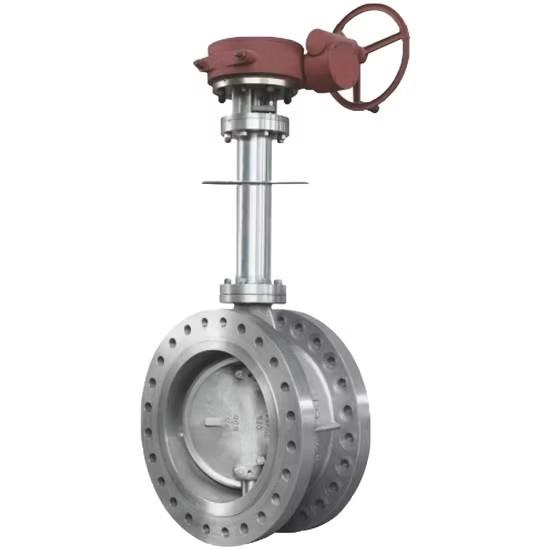Pneumatic Butterfly Valve

The pneumatic butterfly valve is a butterfly valve with pneumatic actuator. It is a pneumatic valve that uses a circular butterfly plate rotating with the valve stem for opening and closing operations. It is mainly a shut-off valve, and can also be designed to have the function of regulation or both shut-off and regulation. Butterfly valves are increasingly used in low pressure, large and medium diameter pipelines.
Popular pneumatic butterfly valves include stainless steel pneumatic butterfly valves, hard- sealed pneumatic butterfly valves, soft-sealed pneumatic butterfly valves, and carbon-steel pneumatic butterfly valves.
The pneumatic actuated butterfly valve has simple structure, small size, light weight, and low cost, which is particularly prominent. When installed in high-altitude tunnels or hidden channels, they can be easily controlled through a two-position five-way solenoid valve. They can also regulate the flow of the medium.
Main features of pneumatic butterfly valve.
- The bearing is extended, which can reduce stem friction and keep the lower torque;
- The stem is designed with an anti blow out. This design protects maintainers when maintenance is required ;
- The seal adopts a laminated seal. This laminated seal can help the valve keep zero leakage during the full close state;
- The seat can choose a stellited seat. The metal-faced integral seat can help the valve reduce maintenance and extend long valve life.
Main Part Material
| No | Part | Material |
| 1 | Body | ASTM A351 CF8 |
| 2 | Seal Ring | Graphite + SS304 |
| 3 | Retainer Flange | ASTM A182 F304 |
| 4 | Pin | ASTM A276 304 |
| 5 | Disc | ASTM A351 CF8 |
| 6 | Stem | ASTM A276 304 |
| 7 | Stem Packing | Graphite |
| 8 | Stem Beating | SS304 + PTFE |
| 9 | Bolt | ASTM A193 B8 |
| 10 | Nut | ASTM A194 8 |
| 11 | Yoke | ASTM A216 WCB |
The data is for reference only, please consult sales@wayvalve.com for details.
Pneumatic butterfly valves are commonly used in several industries:
- Water and wastewater treatment: They are used to control the flow of water and wastewater in treatment plants, helping to regulate the movement of fluids through various processing stages.
- HVAC systems: In heating, ventilation, and air – conditioning systems, these valves are used to control the flow of air and water, enabling efficient temperature and humidity control.
- Chemical processing: Pneumatic butterfly valves are suitable for handling corrosive and non – corrosive chemicals, allowing for precise control of chemical flows in reaction vessels and processing lines.
- Power generation: They are used in power plants to manage the flow of cooling water, steam, and various chemical reagents, contributing to the smooth operation of the power – generation process.
- Food and beverage: In this industry, they are used to control the flow of ingredients, water, and cleaning fluids, meeting the strict hygiene and quality requirements.
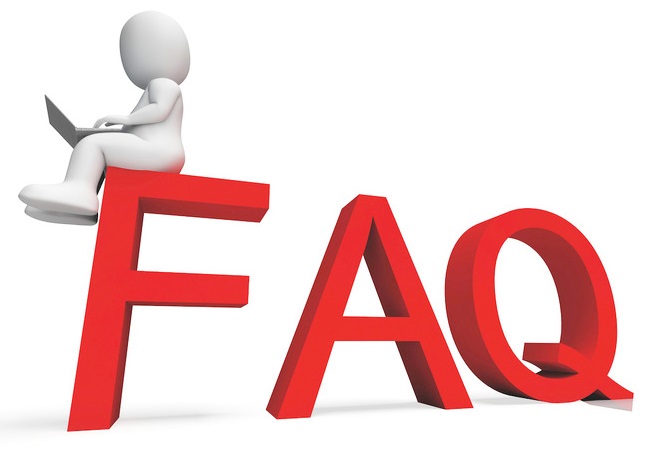
How does a pneumatic butterfly valve differ from other types of valves?
A pneumatic butterfly valve differs from other types of valves in several ways.
Firstly, its actuation mechanism uses compressed air, enabling quick opening and closing, which is faster than some manually operated valves. It has a simple disc-shaped closure part that rotates on an axis. This is distinct from gate valves with a sliding gate or globe valves with a plug-like closure.
The pneumatic butterfly valve provides a relatively large flow capacity with low pressure drop when fully open. Compared to ball valves, it may have less precise throttling control in some cases.
Finally, it is cost effective and lightweight, making it suitable for large scale industrial applications where quick acting flow control is needed.
INQUIRY

